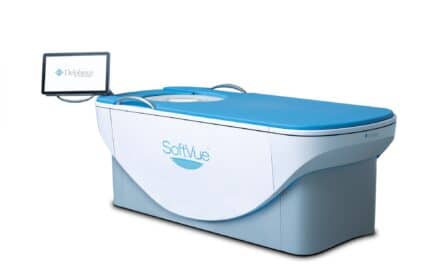 Digital mammography — the dreamchild of scientists in the mid-’90s — has entered the marketplace with high hopes as a diagnostic breakthrough in the field of breast cancer detection and diagnostic evaluation of suspected tumors.
Digital mammography — the dreamchild of scientists in the mid-’90s — has entered the marketplace with high hopes as a diagnostic breakthrough in the field of breast cancer detection and diagnostic evaluation of suspected tumors.
With clearance by the U.S. Food and Drug Administration (FDA) for physicians to screen and diagnose patients for breast disease directly from an advanced computer workstation (softcopy reads) instead of the traditional film on a lightbox in November of last year, full-field digital mammography (FFDM) entered a new era. GE Medical Systems’ (Waukesha, Wis.) Senographe 2000D system was the first to receive FDA clearance. With about 175 units installed around the globe, the true performance of film screen’s digital cousin can now be studied. And several other vendors such as Fischer Imaging Corp. (Denver) and Lorad (Danbury, Conn.), a division of Hologic Inc. (Bedford, Mass.), hope to offer competing units in the not-to-distant future, as their units edge towards pre-market approvals (PMAs).
Were initial claims just hype?
Prior to the commercial release of digital mammography, many benefits of the technology were floated, including improved image quality, increased efficiency of patient throughput, economic advantages to image management in a filmless environment and so on. But are those benefits being realized? Yes, according to those physicians in community settings who have begun to use their Senographe 2000D systems for daily mammography studies.
Please refer to the May 2001 issue for the complete story. For information on article reprints, contact Martin St. Denis





